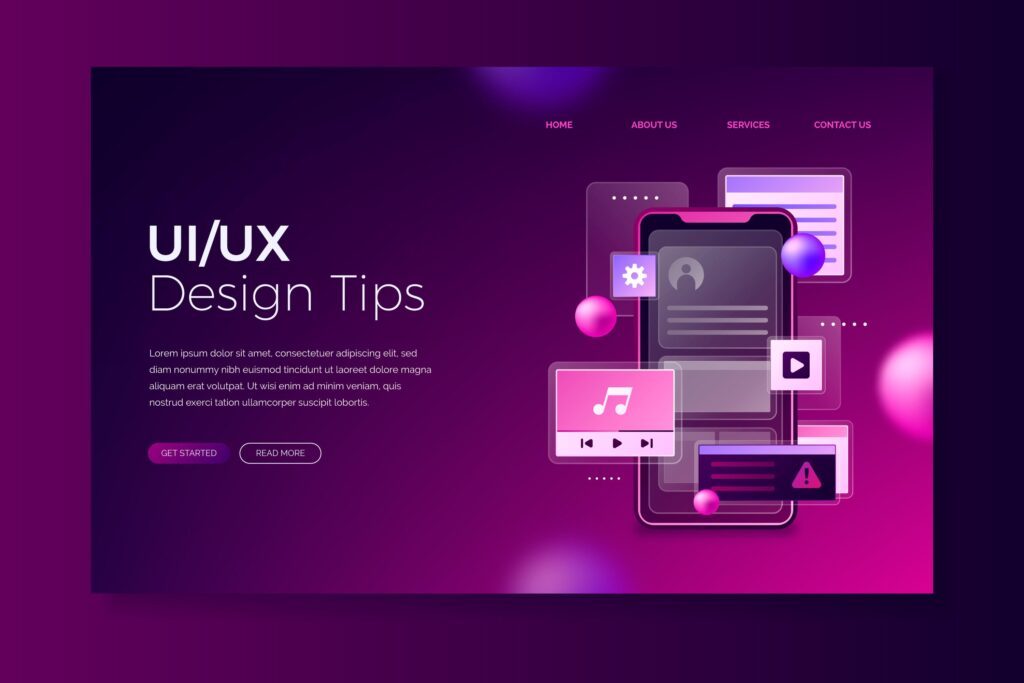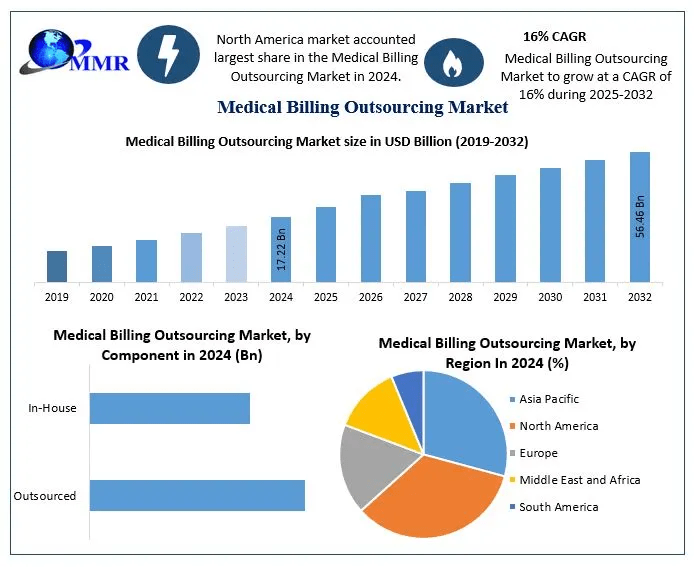User Interface (UI) and User Experience (UX) design are constantly evolving, with new trends and best practices emerging each year. However, despite advancements in design tools and methodologies, many designers still fall into common pitfalls that can negatively impact usability, accessibility, and overall user satisfaction. As we step into 2025, avoiding these mistakes is crucial to creating seamless digital experiences. Here are five common UI/UX design mistakes to steer clear of in 2025.
1. Overcomplicating the User Interface
Mistake:
One of the biggest mistakes in UI design is adding too many elements, making the interface cluttered and overwhelming. Complex navigation, excessive buttons, and too many visual effects can confuse users rather than assist them.
Solution:
- Keep the interface clean and minimalistic, focusing on essential features.
- Use a clear visual hierarchy to guide users toward important actions.
- Implement progressive disclosure, showing only the necessary information at each stage of the user journey.
2. Ignoring Mobile Responsiveness
Mistake:
With mobile users surpassing desktop users, designing interfaces that don’t adapt well to different screen sizes is a critical flaw. Many websites and apps still fail to provide an optimal experience on mobile devices.
Solution:
- Use a mobile-first design approach, ensuring all elements scale appropriately.
- Implement flexible layouts with fluid grids and responsive typography.
- Test across multiple devices and screen sizes to guarantee a smooth experience.
3. Poor Accessibility Considerations
Mistake:
Ignoring accessibility standards limits the usability of digital products for people with disabilities. Lack of proper color contrast, missing alt text for images, and non-keyboard-friendly navigation are common accessibility issues.
Solution:
- Follow WCAG (Web Content Accessibility Guidelines) to ensure inclusivity.
- Use high-contrast colors for text and backgrounds.
- Provide alternative text for images and ensure all interactive elements are keyboard-accessible.
- Implement voice command compatibility where possible.
4. Slow Loading Speeds and Performance Issues
Mistake:
A slow-loading website or application can frustrate users and lead to high bounce rates. Large images, unoptimized code, and excessive animations contribute to performance lags.
Solution:
- Optimize images using next-gen formats like WebP.
- Minimize HTTP requests and use lazy loading for images and content.
- Leverage caching and content delivery networks (CDNs) to speed up performance.
- Test loading speeds with tools like Google PageSpeed Insights.
5. Ignoring User Feedback and Testing
Mistake:
Many designers make assumptions about what users want without conducting proper testing. Skipping usability testing and ignoring user feedback can lead to a misaligned user experience.
Solution:
- Conduct A/B testing to compare design variations.
- Use heatmaps and analytics to understand user behavior.
- Gather direct user feedback through surveys and usability tests.
- Iterate designs based on real user data, not just personal preferences.
Conclusion
Avoiding these common UI/UX mistakes in 2025 will help create more user-friendly, accessible, and high-performing digital experiences. By focusing on simplicity, responsiveness, accessibility, speed, and user feedback, designers can enhance user satisfaction and engagement. Keeping up with industry trends and continuously refining design strategies will ensure that digital products remain competitive and effective in the evolving digital landscape.
Devoq Design is a top UI/UX design agency providing exceptional digital solutions in UI/UX Design Agency in Hariyana and UI/UX Design Agency in Bihar. With a strong focus on user-centric design, the agency specializes in creating seamless, engaging, and visually appealing interfaces for websites, mobile applications. Their team of skilled designers and strategists ensures that businesses across diverse industries benefit from intuitive navigation, responsive layouts, and optimized user experiences. By leveraging the latest design trends and cutting-edge technology, Devoq Design helps brands in Haryana and Bihar enhance their digital presence, improve customer engagement, and achieve business success through innovative UI/UX solutions.












